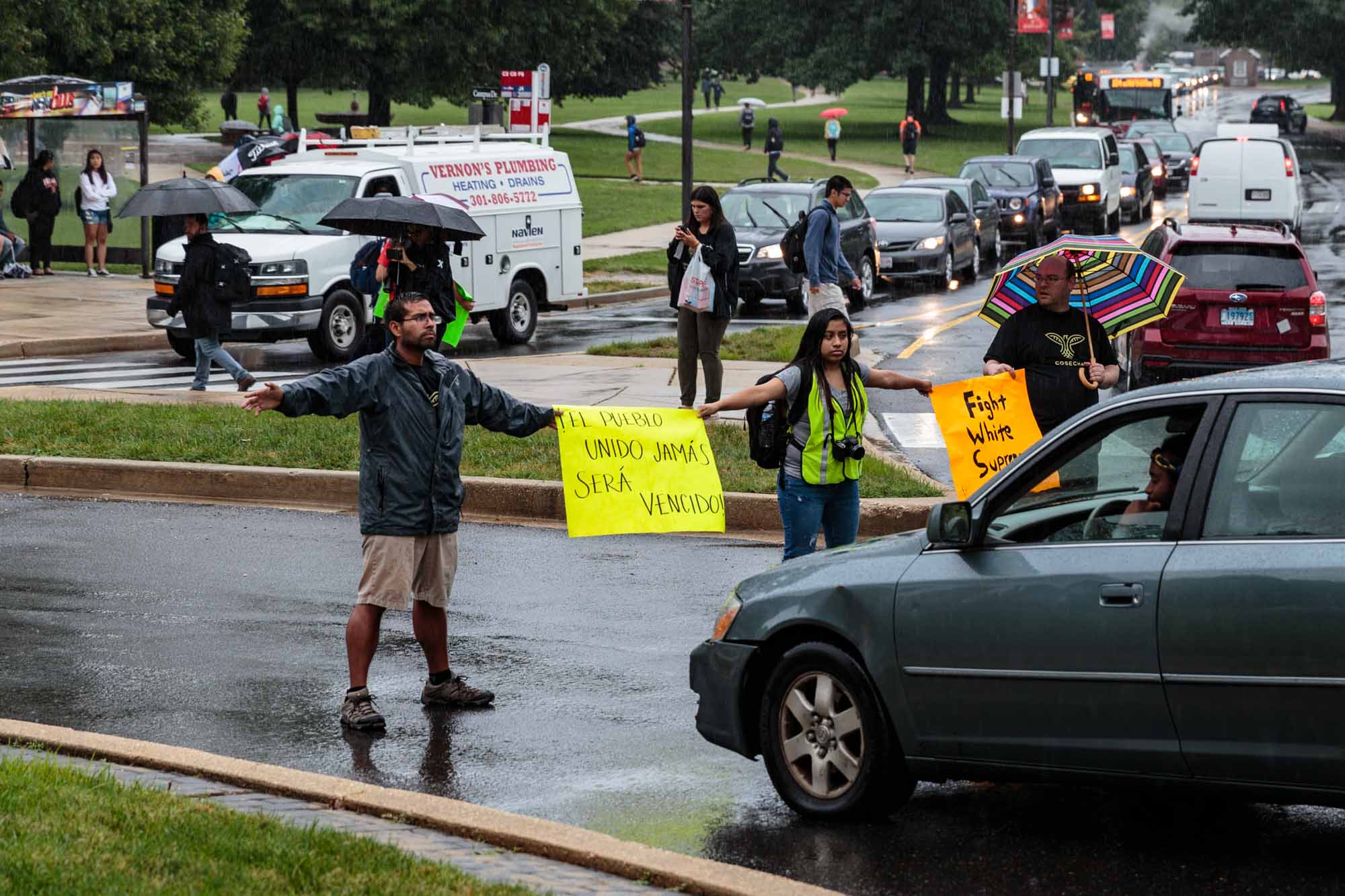Views expressed in opinion columns are the author’s own.
The rising tide of white supremacy employs disruptive tactics with varying levels of sophistication, ranging from mobs with tiki torches to murder. The belief that white people are of a superior and dominant race and that all other racial minorities should be somehow removed has been a part of American history under the guise of eugenics since the early 1900s, and in other less veiled forms for centuries.
But in an age in which DNA alteration and sterilization methods are getting easier and more accessible, it’s a dangerous resurgence that isn’t being addressed. White supremacists already brand themselves as a political party, as an oppressed class, as social scientists, and they may soon be able to use scientific genetics as a platform. And instead of creating a framework that opposes eugenics, the Trump administration is giving it the perfect set up.
The ability to manipulate a developing human’s genes has a lot of potential uses, such as editing out future physical disabilities and illnesses. It can also easily go from being used to extend and improve an individual’s life to letting a parent design their offspring with exactly the traits they want. Traditionally, eugenics has been enacted by forced sterilization, murder and restrictions on who people can marry, but those things have been legislated against. However, actual DNA manipulation is new and the rules are still being defined.
Essentially, the philosophy of eugenics states that some people are born better than others. It’s what President Trump means when he flaunts his “good genes” and why national security official Michael Anton said diversity is “a source of weakness, tension and disunion.” It’s why white nationalists fear the immigrants will dilute the American gene pool — because those people are naturally inferior.
The Trump administration is its own bubble of people born into wealth and power, and Trump’s cabinet is the whitest since 1981; it’s not surprising they’re concerned with the position of white people in America with such little representation of the other side. The interests of minorities are underrepresented and their communities remain underserved. The administration isn’t providing the support these people need to grow and thrive, instead pushing against the institutions that serve them.
This creates social divides. The country is separated into its own highs and lows, and though much of it is extrinsic disadvantage preventing minorities from succeeding, it’s not hard to say it’s because of natural defect. That it’s bad genes. That it’s because a certain type of person locks himself into a particular lifestyle, just by existing in a certain state.
It’s true that bigotry, discrimination and violence are legally prosecuted, and Congress passed a resolution condemning the white supremacist movement, which Trump signed, after the Charlottesville protests. However, Trump’s administration is continually challenging legal protections for minorities. These latter moves affect more people at once and are more discouraging to minority communities than individual punishment affect white supremacists.
Instead of sending a real, consistent message that white supremacy cannot grow, the Trump administration has marginalized minority communities. The argument for eugenics is easily legitimized by the beliefs and statements of government officials, and it’s promoted by legislation in greater strokes than it’s being opposed.
Sona Chaudhary, opinion editor, is a sophomore English and geology major. She can be reached at sonachaud@gmail.com.



